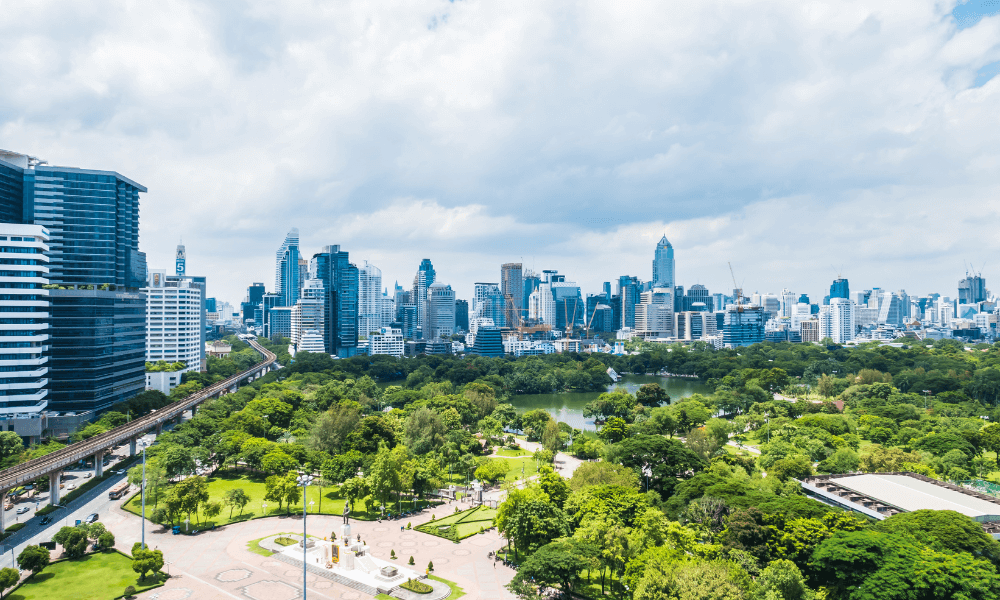
The Advantages of District Cooling Systems: A Sustainable Solution for Urban Cooling
As urbanization continues to rise, so does the demand for cooling in urban areas. Traditional cooling systems often rely on individual air conditioning units, which consume significant amounts of energy and contribute to carbon emissions. In the pursuit of more sustainable and efficient solutions, district cooling systems have emerged as a game-changer. This article explores the advantages of district cooling systems and their potential to revolutionize urban cooling while promoting sustainability.
1. Energy Efficiency and Cost Savings:
District cooling systems operate on a centralized approach, where a central plant generates chilled water that is then distributed through a network of underground pipes to individual buildings. Compared to conventional cooling systems, district cooling requires less energy due to economies of scale. Centralized plants are designed with high-efficiency equipment and optimized processes, resulting in significant energy savings. Additionally, by eliminating the need for individual cooling units, building owners and occupants can enjoy reduced maintenance costs and lower electricity bills.
2. Environmental Sustainability:
Reducing carbon emissions and mitigating the impact of climate change are pressing concerns for cities worldwide. District cooling systems play a crucial role in achieving environmental sustainability goals. By leveraging large-scale cooling plants with advanced technologies, these systems can utilize waste heat from various sources, such as power plants or industrial processes, for cooling purposes. This waste heat recovery approach reduces the reliance on fossil fuels and decreases greenhouse gas emissions, making district cooling a greener alternative for urban cooling needs.
3. Scalability and Flexibility:
District cooling systems offer scalability and flexibility to meet the evolving demands of urban areas. The centralized nature of these systems allows for efficient expansion and adaptation. As new buildings are constructed or existing ones undergo renovations, they can easily be connected to the district cooling network. This scalability reduces the need for individual cooling infrastructure upgrades, streamlines implementation, and facilitates future urban planning.
4. Improved Urban Aesthetics and Noise Reduction:
Traditional air conditioning units often clutter the facades of buildings, negatively impacting the aesthetic appeal of urban areas. District cooling systems eliminate the need for individual units, resulting in cleaner building exteriors and improved visual harmony. Additionally, as the central cooling plant is located away from the buildings, noise pollution caused by individual cooling units is significantly reduced, creating a more peaceful and pleasant urban environment.
5. Resilience and Reliability:
District cooling systems offer enhanced resilience and reliability in comparison to standalone cooling systems. The centralized plant is designed with redundancy measures to ensure uninterrupted cooling even during maintenance or equipment failures. This reliability is particularly vital for critical facilities such as hospitals, data centers, and commercial centers that require consistent cooling to operate optimally.
Conclusion:
District cooling systems present a sustainable solution for urban cooling, addressing the challenges of energy efficiency, environmental impact, and urban planning. By embracing district cooling, cities can reduce energy consumption, lower carbon emissions, and create more livable environments for their residents. As urbanization continues to accelerate, the adoption of district cooling systems becomes increasingly crucial to meet the cooling demands of the future while striving for a sustainable and resilient urban landscape.